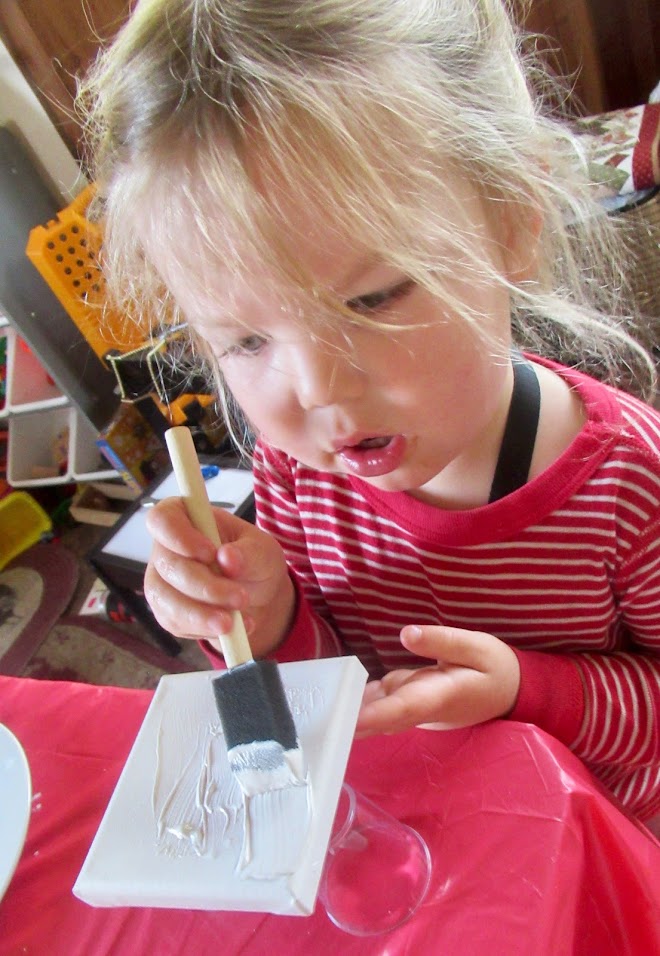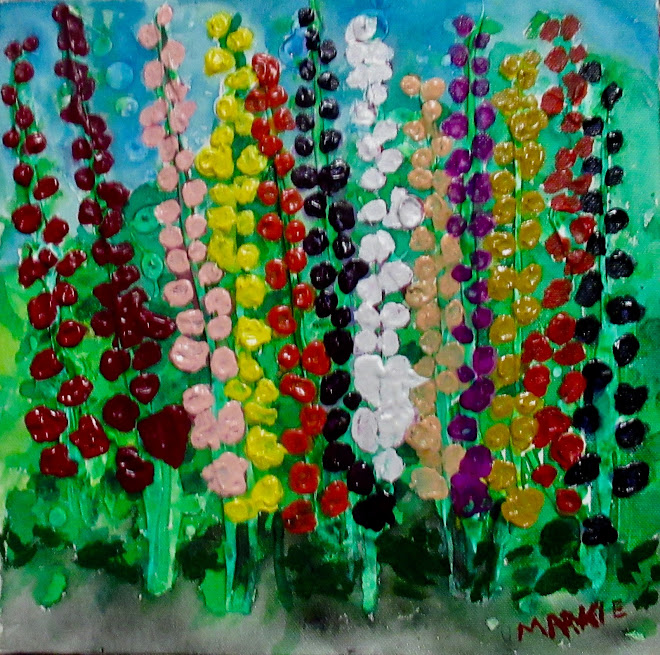This is the seventeenth in a series of posts on Happyday Farms, the CSA (Community Sponsored Agriculture) located up here on Bell Springs Road, run by Casey, Amber, Lito and Courtney.
Happyday Farms:
All Year Round
One of the goals from the beginning, back in the early seventies, when we first came up to Bell Springs from the south, was to ultimately find a way of making a living, all year round, on the property upon which we were dwelling. It was one thing to be able to work steadily from May though October, doing carpentry, concrete and any other outdoor work we could get our hands on, but what about when the rain-and snow-set in? How were we supposed to make a living then?
The first May when Casey and Amber began selling shares of produce, the plan called for them to go as far into the fall/winter as they could, and then call it macaroni when they just couldn’t come up with enough produce for the requisite number of shares. But a funny thing happened on the way to autumn, and the time never came when they actually pulled the plug.
So how does an organic farm manage to keep growing fresh produce, especially the tender greens used both for green salads and for cooking, all year round? Think greenhouses and you are halfway there. Now when you think about the average, run-of-the-mill greenhouse, you’re probably talking twenty-thirty feet long, by ten or twelve feet wide.
Not so with Happyday Farms. I mean there are a couple the size of which I just mentioned, but the greenhouse that I am specifically thinking of is closer to eighty feet long, by twelve feet wide. Though at first glance, it would appear to be a single unit, this greenhouse is actually not one, but two greenhouses simply melded together to form one.
Beginning with two parallel rows of metal stakes, twelve feet apart, twenty-foot lengths of inch-and-a-half white poly-pipe are inserted over one of the metal stakes, at one end of the line of stakes, and then bent with enough force, to place the opposite end of the white pipe over one of the matching metal stakes, twelve feet away. In this way, once twenty or so of these plastic pipes are similarly inserted, four feet apart, the arch is formed, over which the greenhouse cloth will be draped.
How does the greenhouse cloth get fastened to the base of the greenhouse? Once the twenty plastic arch pieces are in place, twenty-foot long hunks of two-by-four doug fir are fastened to the base of the arch-pieces, with plumber’s tape wrapped around the round plastic pipe and screwed into the fir. The two-by-fours stretch along the ground, the length of the greenhouse on both of the outside walls of poly-pipe.
Then lengths of metal railing are fastened to the outside of the twenty-foot-long two-by-fours, and the cloth is inlaid into the rails with wavy, wire fasteners that make it impossible for the cloth to pull out of the rails. It’s fairly complicated, with a little sophistication thrown in, but it’s a formula for success. It allows crops to be grown inside in the coldest of temperatures.
The compost used inside the greenhouse is very hot, and is constantly emitting heat and that helps when the cold sets in. That is how even the tenderest of greens will make it through the cold times.
Another technique for being able to fill the Happyday Farms shares is to obtain organic produce from another source and include that produce as a supplement to what is grown on the farm. Casey buys potatoes from Irene at the Hogfarm, for instance, and that is a help.
Ultimately, Casey wants to include such after-market products as tomato sauce, tomato ketchup, pizza sauce, and other products that can be put up using crops grown on the farm. I would love to be a part of that, because I always can cases and cases of tomatoes and the sauces I mentioned above.
I just think of it as job security, and I’m grateful I’m not handling a shovel.















No comments:
Post a Comment